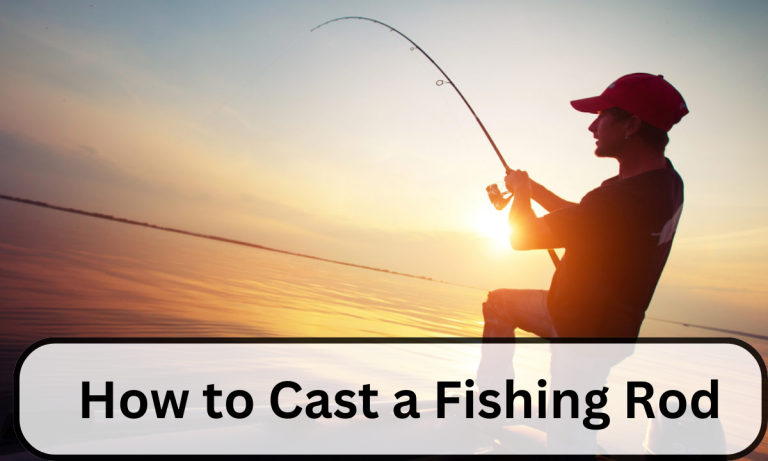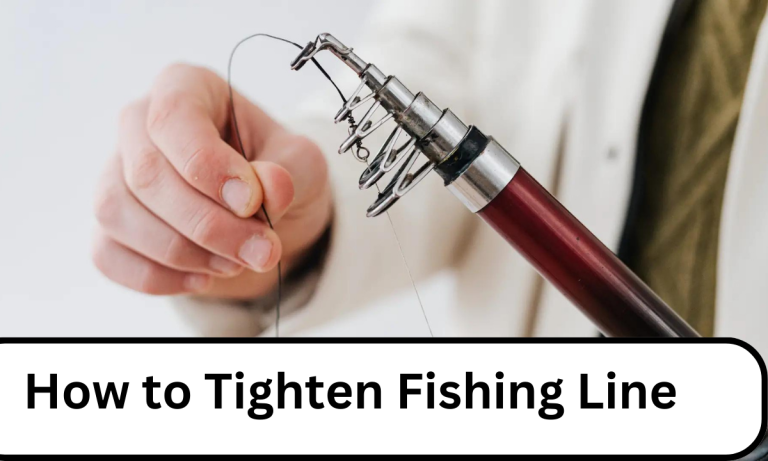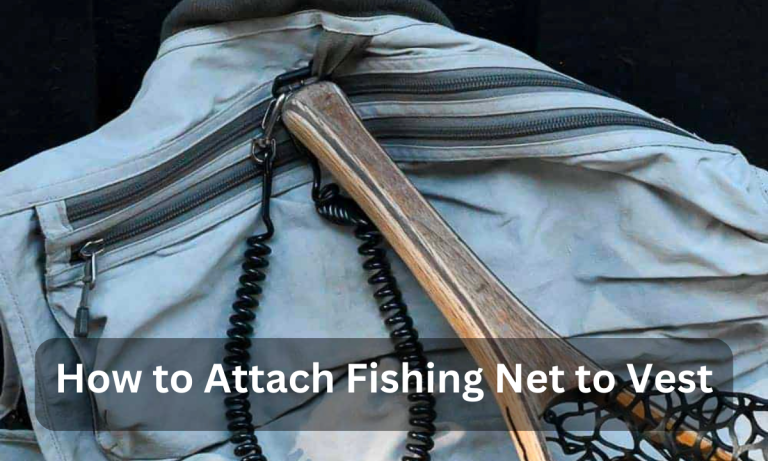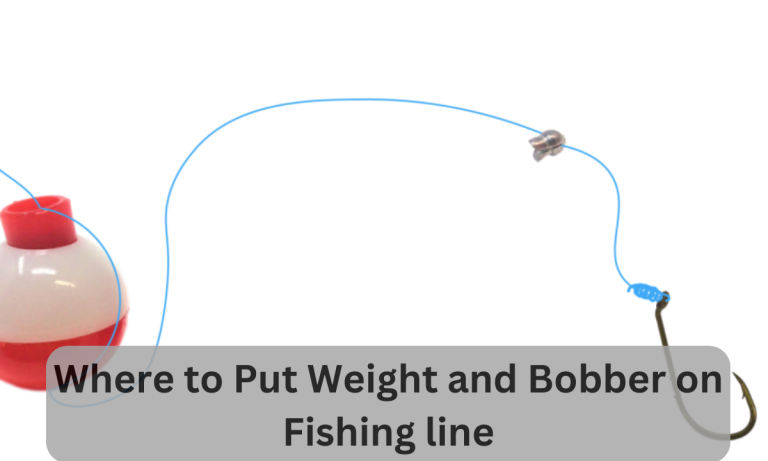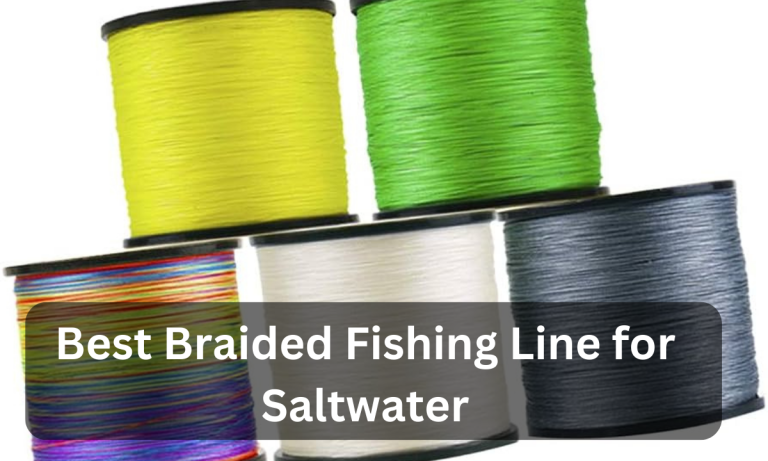How to Catch Smallmouth Bass from Shore
How to catch smallmouth bass from shore is a question that has a very simple answer. You just need to know the location to find them easily, the lures and baits required to catch them, the gears, and the techniques to catch them effectively. The smallmouth bass is a favorite species among both beginners as well as experienced anglers.
The reason behind the title of the article How to Catch Smallmouth Bass from Shore is that firstly, it is relatively convenient to catch them from shore instead of by boat. Secondly, a wider area is covered for fishing through shore as compared to boats. Additionally, the smallmouth bass spend a lot of time near the bank. Therefore, there is every likelihood to catch them in good numbers from shore.
The smallmouth bass are active throughout the year which makes them ideal prey for beginners. But how to catch smallmouth bass from shore needs a good technique on the part of anglers as they need a very different technique to get trapped.
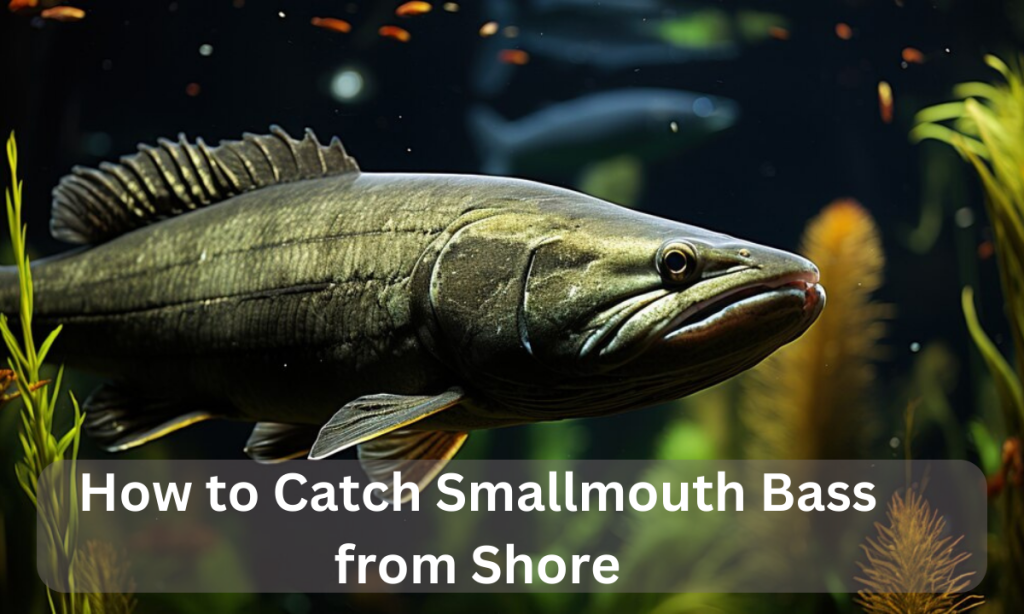
How to Catch Smallmouth Bass from Shore: Identification
Many anglers confuse smallmouth bass with other bass species when it comes to how to catch smallmouth bass from shore. Therefore, before going fishing for smallmouth bass, you should do your homework first to avoid any confusion in the middle of the process. They are different from largemouth bass in the following terms:
- Smallmouth bass is from the Sunshine family whereas largemouth bass is from the black bass group.
- The jaw of largemouth bass goes beyond its eyes while the jaw of smallmouth bass extends half to the largemouth bass.
- Both of them differ in size and color as well. A smallmouth bass has a brownish-bronze color owing to which they also keep the name “bronze backs.”
- The males of smallmouth bass have a weight of around two pounds whereas females can be from three to six pounds.
- Smallmouth bass prefer cooler temperatures, unlike largemouth bass.
- Smallmouth bass are better fighters than largemouth bass.
How to catch smallmouth bass from a shore
needs to keep the following tips in mind to stay successful as an angler:
- Where to Fish
As discussed in the introduction above, smallmouth bass are found near the shore. Additionally, their other habitats include rocky shoals, rocks, and downward areas underwater.
They go to deeper waters only when they are in search of prey. As far as rivers are concerned, the smallmouth bass are found in eddies where water moves in a circular way. Pools are also the possible stay of smallmouth bass. Moreover, smallmouth bass are also adapted to colder climates.
- How to Fish
How to catch smallmouth bass from shore includes numerous techniques. It depends on the baits or lures being used to catch smallmouth bass. Popular baits and lures to take hold of smallmouth bass are the following:
Plastic Lure is one of the best-known baits for catching smallmouth bass. A hard plastic lure is used to catch smallmouth bass in lakes. Shallow points and stony shorelines are the recommended areas to fish smallmouth.
Jigs work wonders in deeper waters. A one-fourth-ounce to half-ounce jig is an ideal lure to be used to catch smallmouth bass. If a jig is not working, then tie a real night crawler to a jig for desired results.
Surface Lures are ideal lures for best results especially in the morning and late evening hours. Moreover, on seeing the surface lures, the smallmouth bass speedily comes upwards to strike the lure. However, for better results of how to catch smallmouth bass from shore, is to ensure that the surface lure should resemble the injured fish.
Flying Fishing is also another available option to ensure how to catch smallmouth bass from shore.
Lures of different colors and sizes should be kept in the tackle box because water clarity, light conditions, and some other factors make some colors more effective than others.
- When to Fish
The ideal time to catch smallmouth bass is May when water gets warmer. When the ice melts away the smallmouth bass move toward shore for food.
However, avoid fishing around or in bedding areas. Whichever location you prefer for smallmouth bass fishing, don’t forget to keep local regulations in mind.
- Fishing Gear
The ideal rod length for catching smallmouth bass varies from 7 to 7 and a half feet. Firstly, they have good accuracy. Secondly, they are too stiff to afford a weight.
It is better you go with graphite rods because they are too sensitive to feel lighter strikes. However, the choice of the rod depends on the budget and the lures you intend to use on them.
As far as reels are concerned for how to catch smallmouth bass from shore, a majority of anglers prefer bait-casting reels as compared to spinning reels.
Similarly, for catching heavy fish, a braided line is useful. However, a monofilament line might be an option to catch smallmouth bass in shallow waters. Fluorocarbon lines can be opted for hard plastic baits to make them dive deeper.
Other necessary tools to take along include:
- Net
- Needle-nose pliers in order to remove hooks.
Conclusion
How to catch smallmouth bass from shore is easy but it is difficult to find a smallmouth bass. For desired results, it is advised to anglers to keep changing their location. Try to adjust to fishing locations on a daily basis. Choosing a perfect lure or bait will find you closer to your prey which is smallmouth bass. The use of ideal gears for catching smallmouth bass is also of great importance for a perfect catch.
FAQs
- What is a good bait for smallmouth bass?
Ans. Plastic Lure is one of the best-known baits for catching smallmouth bass.
- What is the best time of the day to catch smallmouth bass?
Ans. Early morning and late evening hours are the best hours for catching smallmouth bass.

